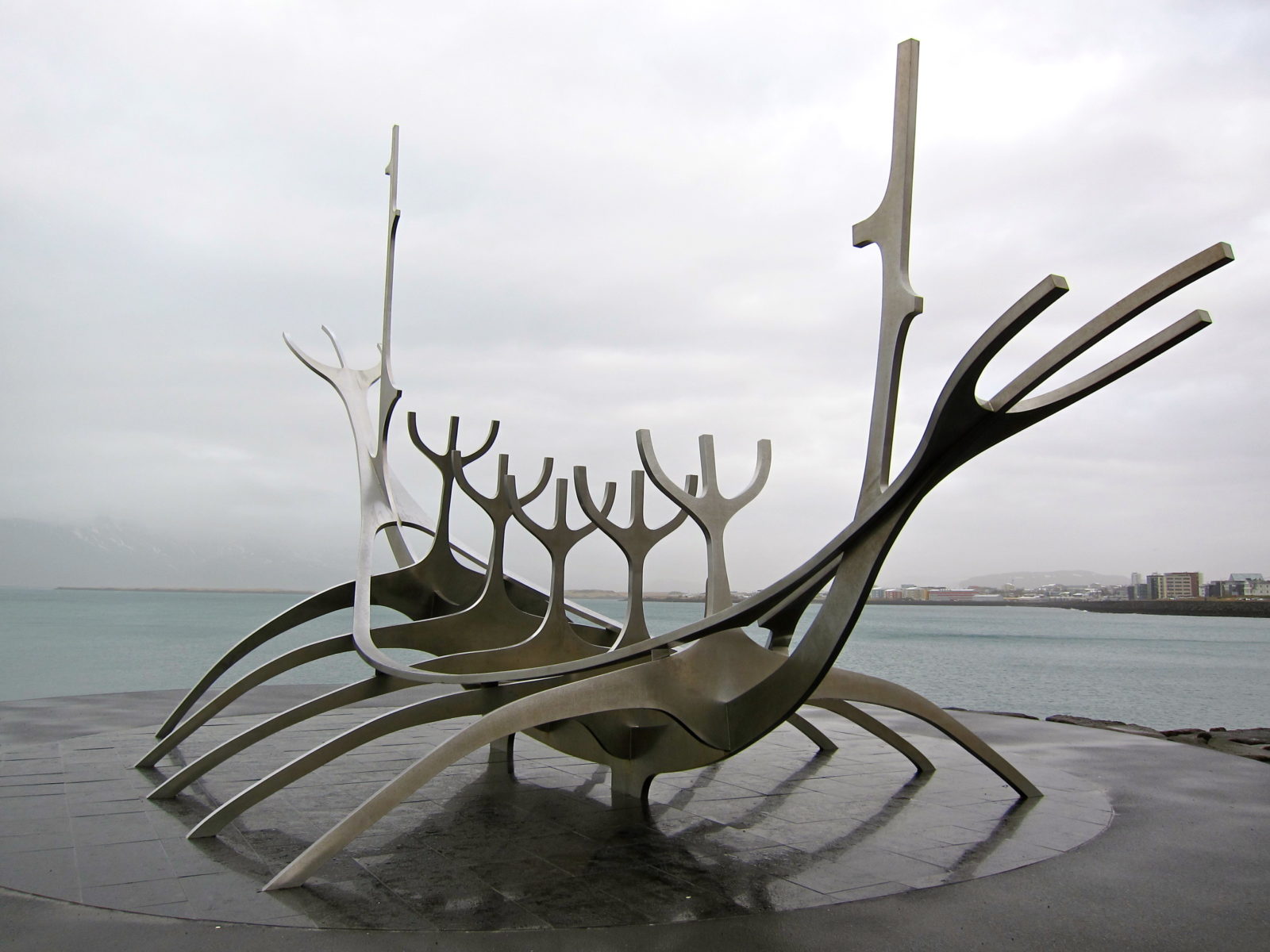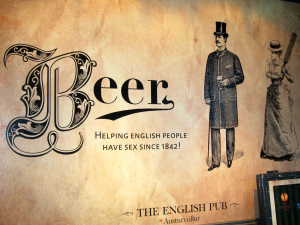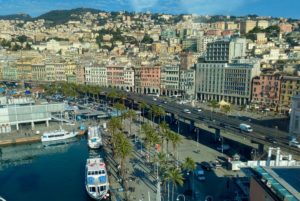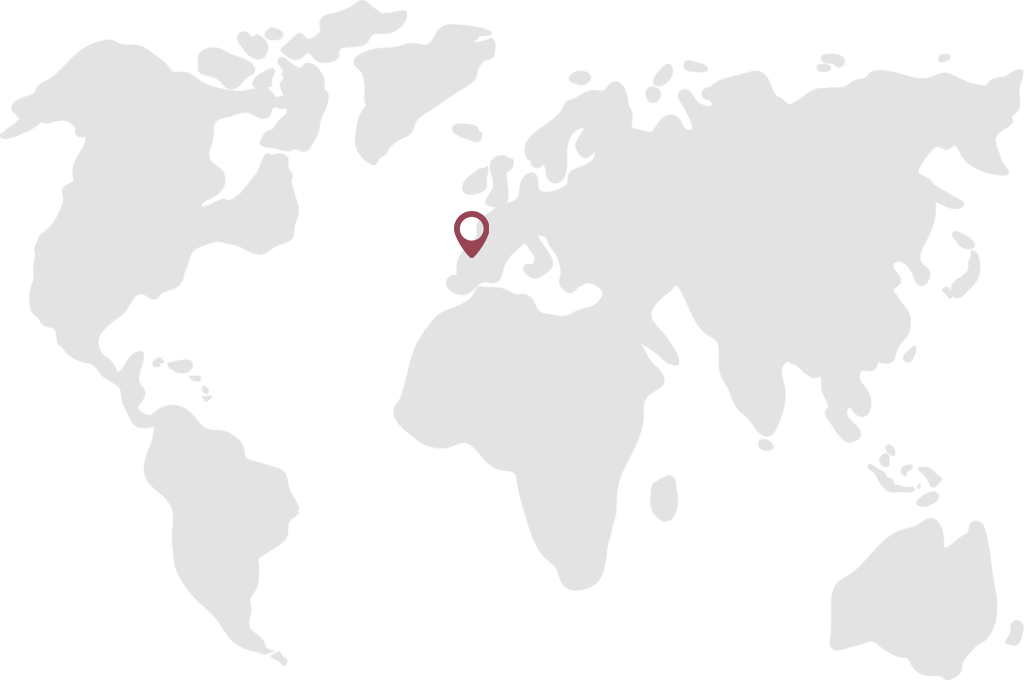
Well, maybe there is.
But here’s the question: what wine are they drinking in Iceland? Simple answer – they are drinking beer. More comprehensive answer is also simple, but far more intriguing. Before revealing that answer, here are four facts you need to know that will not only boost your Trivia Knowledge Quotient way high, but increase your respect for 1. food, 2. bizarre French winemaking challenges, 3. unusual but delightful reasons for granting national holidays, and 4. the strange yet magnificent benefits of rejection.
Here we go. Hold tight.
1. NOMA. Whether or not you are a food aficionado (I’m clueless), you will—during the past decade—likely have bumped into the names of the three top restaurants in the world (according to the World’s Best 50 Restaurant Awards organized by Restaurant magazine). They used to be (not in order) French Laundry of Napa Valley in the US, Fat Duck of Bray, UK, and El Buli of Spain. But in 2010 a chef who had previously worked at some of these restaurants—René Redzepi—floored the competition and won the title for his restaurant NOMA (meaning, essentially, ‘crazy food’) in Copenhagen, Denmark. He won again in 2011 and 2012. (Yes, there was a food poisoning problem this past February.)
What’s the connection to Icelandic wine? The city of Copenhagen is the capital of Denmark, and the country has long had a connection to Iceland. In 1944 Icelanders voted to terminate their union with Denmark. However, Danish ties are still strong. And as Copenhagen cuisine marks a top-notch throughout the world, so follow brethren Icelanders who keep a close eye on their continental European counterpart. The food in Iceland is quite stunning. Taste explosions are rampant. And Icelandic restaurants catering to a sudden surge in tourism and appetites for excellent cuisine (seafood and lamb are specialties) naturally want to have good wines to accompany their menus.

Conclusion: beer is king in Iceland, but good quality wine is making mixed—but rapid—inroads.
2. Volcanic eruptions. An Icelander once told me how in 1774, an eruption of Mount Hekla sent enough ash into the atmosphere to darken the skies over Europe and to impact the quality of Bordeaux wine. I failed to find any Google verification of this, but his point makes sense. Icelandic volcanic eruptions did erase over a dozen consecutive summers in Ireland over a thousand years ago, so there’s no reason to dispute their potential impact on European viniculture.
Conclusion: all things are connected, and you—French vigneron—may find the taste of your wines one day seriously impacted (for better or worse) by gnarly lava gushers in the true land of Ice and Fire.

3. Beer. On March 1st, if you were to sit down at some nice restaurant such as Rub23 in the second largest metropolis of Iceland (population—about 17 and a half thousand) named Akureyri, the delightful Nordic serving lady would have told you that the specials included lamb (no surprise) and beer. Beer? Of course. March 1st every year is Beer Day in Iceland—where the population celebrates the fact that on that date in 1989, the government ended prohibition of alcohol (over 2.25 percent) after 74 years of enforcement.

Conclusion? Wine is increasing in popularity in Iceland, but beer is King, is locally made (unlike wine), and the Gull and Polar brands slip down the hatch with ease.

4. You’ve heard of Iceland quite a lot in the past five years. Why? In 2008 their economy imploded—with the stock market plunging 90 percent, unemployment soaring by a factor of ten, and inflation hitting almost twenty percent. Second, their volcano Eyjafjallajökull erupted in 2010, not only grounding airline traffic throughout Europe but impacting profits and raising the ire of the CEO of Ryanair (to many people’s delight). As they say in publishing—any reviews are good for business. So too with Iceland. Now that their name is not an obscure noun associated only with Northern Lights, hissing geysers and errant Irish monks beaching leather boats along the coastline, the world wants to know more. Result?The number of tourists this year is expected as 400,000 (greater than the national population of 320,000) and within five years to be a million. And Hollywood is loving the splendid geography too (think Game of Thrones or the movie Oblivion).
Conclusion: when your nation becomes the world’s object of fascination and tourism leaps— make sure you have adequate beverages (including wine) to serve the flood of incoming visitors.
Finally—what wine are they drinking in Iceland?
Answer: Wine lists are an odd bag that fail to separate popular but mediocre labels from excellent quality wines. Generally, Riesling is a hit (‘the ladies like it sweet in Iceland,’ one waiter said, cryptically), Chardonnay is popular, though Sauvignon Blanc is giving it serious competition. For reds it’s Cabernet Sauvignon and Rioja from Spain. And white Zinfandel is always a hit with the young ladies.

Finally—who cares? Here are reasons you should.
Lessons from Iceland are clear. Regarding cuisine and quality—as goes Copenhagen, so goes Reykjavik. Extrapolate this lesson to the world—as go the most powerful and excellent trends in food (and wine), so will your locale—depending on the strength of cultural ties.
Second—all things are connected. A volcanic eruption in Iceland may impact the quality of Saint Emilion’s Merlot in France; a financial crisis ignited in the United States can impact the number of visitors, hence the diversity of wines, in Iceland. Factors that impact the quality and flow of wine are never completely predictable.
Cheers. Or as Icelanders say, Skál.



